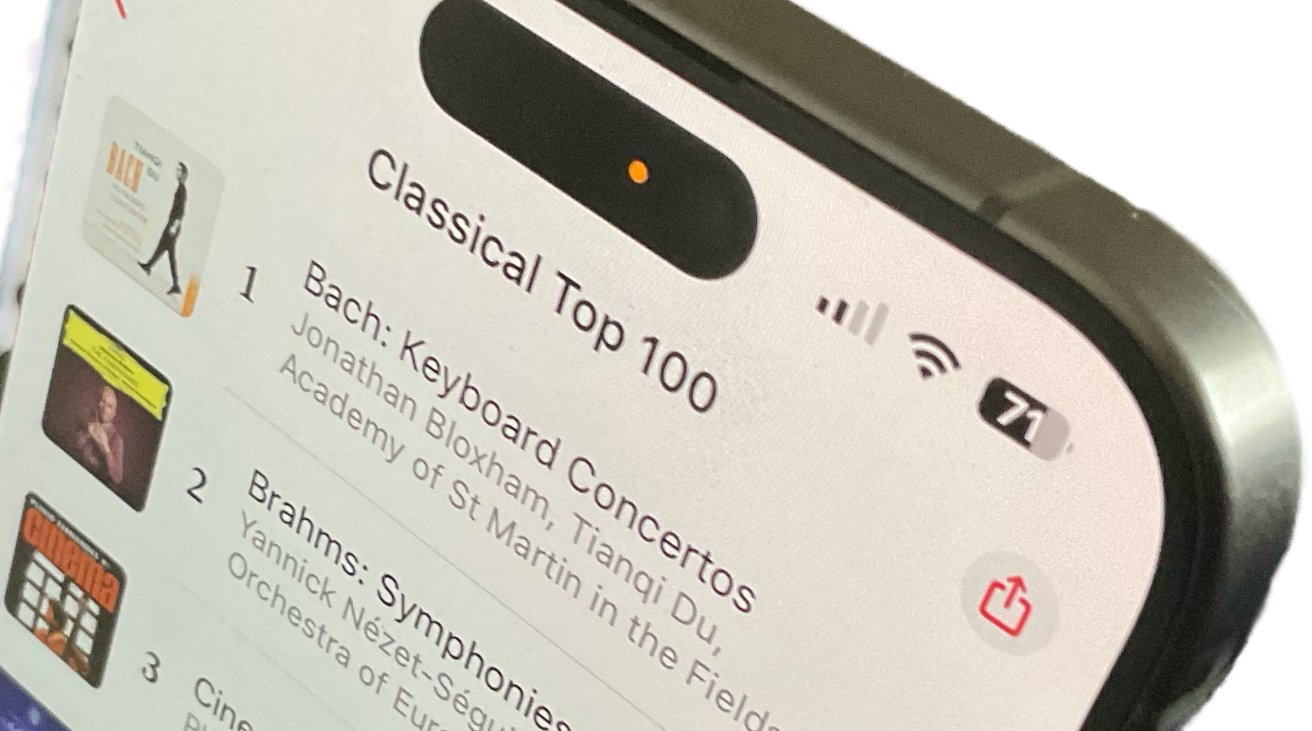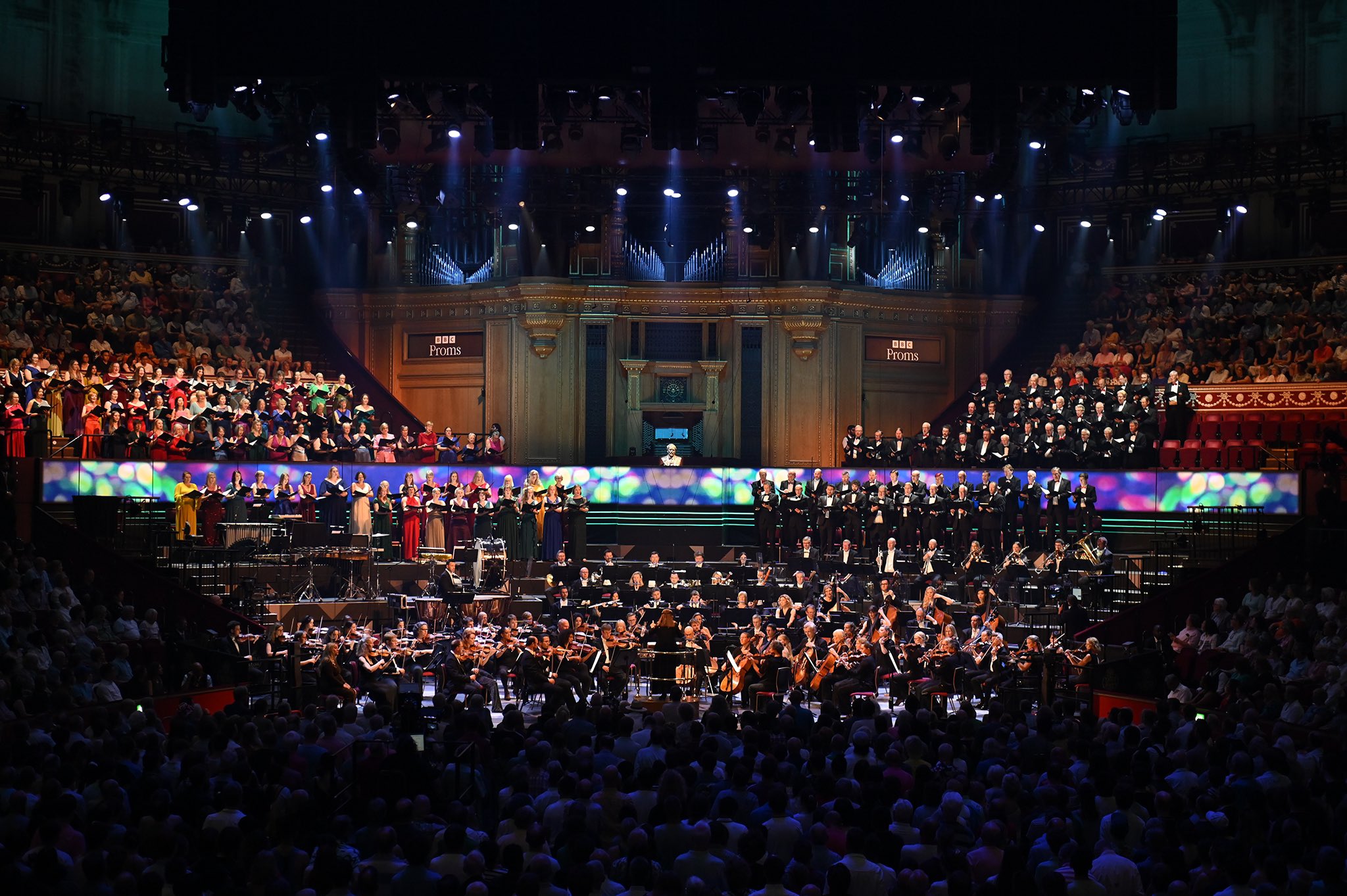An inventive thought-provoking production with captivating contributions from Johanni van Oostrum, the Insula Orchestra, and one or two illusionists.
Terrific orchestral playing in a generous acoustic that supported the period instrument Insula Orchestra in the production of lean string sounds, and evocative woodwind textures. Possibly the best live theatrical pit sound I’ve heard in a long time. Conductor Laurence Equilbey is a passionate and efficient director, combining a clear beat with a dynamic expressive range. Her energy and precision can be heard in a range of orchestral textures, and contributed to a number of electrifying moments on stage.
Soprano Johanni van Oostrum shone the brightest in amongst an impressive cast with her Act III Scene 2 Cavatine Und ob die Wolke sie verhulle, sending chills up the spine with a rounded tone, silky smooth legatos and gossamer octave leaps. Hers combined with the voice of Stanislas de Barbeyrac as Max, and the sometimes Mary Poppins-esque characterisation of Annchen by Chiara Skerath made for an exquisite first act trio Wie? Was? Ersatzen that didn’t quite muster the effort from the audience with the response it deserved.
I’ve read some dismissive reviews about the stage direction and set design, drawing attention to the lack of shotguns in an opera about a shooting contest as being a creative failure.

Seeing this year old production at its Paris premiere sat in the intimate art deco interior of Theatre des Champs-Elysees there was a sense that with the horrific events of recent terrorist atrocities still surprisingly fresh in the mind, that not seeing actual guns was a sensitive creative response. Whether this was an active choice when the production opened last year I’m not entirely clear. What the absence of guns resulted in however was a creative opportunity for the production, demanding more engagement on the part of the audience. The intent appeared to trigger (forgive the pun) the audience to use their imagination more, something that increased engagement.
An array of illusions was deployed which met this dual aim of focusing audience attention on the hows and the whys. Sometimes the depiction of the magic bullets – white balls juggled, thrown and sometimes swung – distracted the eye, especially during Agathe’s Und ob die Wolke.
At other times, the time spent perfecting slow motion movement whether powered independently or with a seemingly invisible wires really paid off, heightening the drama considerably. The conclusion to the Wolf’s Glen scene was a case in point when characters strained for Samiel’s fire only to fall back in the melee. So too when Agathe gets hit with the seventh bullet in the last scene – all very Keanu Reeves. Additionally, never has watching one dancer moving in slow motion accompanied by a cello solo on one note ever created so much tension.
The use of dark light projected onto the stage created threatening shadows in the penultimate scene of Act 1 almost worked, although at times the movements didn’t quite tally up with the available ‘black space’ on stage.
The use of figures projected onto gauze to create storytelling vignettes maintaining engagement during sequences of dramatic exposition, adding depth both to the storytelling and the perceived depth of the stage – a complex effect demanding continuity between pre-recorded and live performances. The depiction of a silvery sea complete with dry ice (or was it a hologram – I’m not quite sure) was a thing of directorial and design beauty.

The best should really be left until last. The chorus provided a remarkable sound – a rich, sonorous and burnished colour that compensated for the grey uniformity in their near-totalitarian costumes. One other commentator have dismissed the chorus’ supposed lack of movement, though the simplicity of the lines complemented the stark stage design. There were some elegant movements in the final scene when Hermit and chorus moved in a collective slow motion.
A concert performance of the production is staged at the Barbican on 4 November 2019.
Cast: Stanislas de Barbeyrac (Max), Johanni van Oostrum (Agatha), Chiara Skerath (Annchen), Vladimir Baykov (Kaspar), Christian Immler (Hermit), Thorsten Gruumbel (Kuno), Daniel Schumtzhard (Ottakar), Anas Seguin (Kilian), Clement Dazin (Samiel)
Recommended recording London Symphony Orchestra and the London Symphony Chorus conducted by Colin Davis, featuring Christine Brewer, Sally Matthews and Simon O’Neil.
Reccomended Insula Orchestra recording Beethoven Emperor Concerto.



